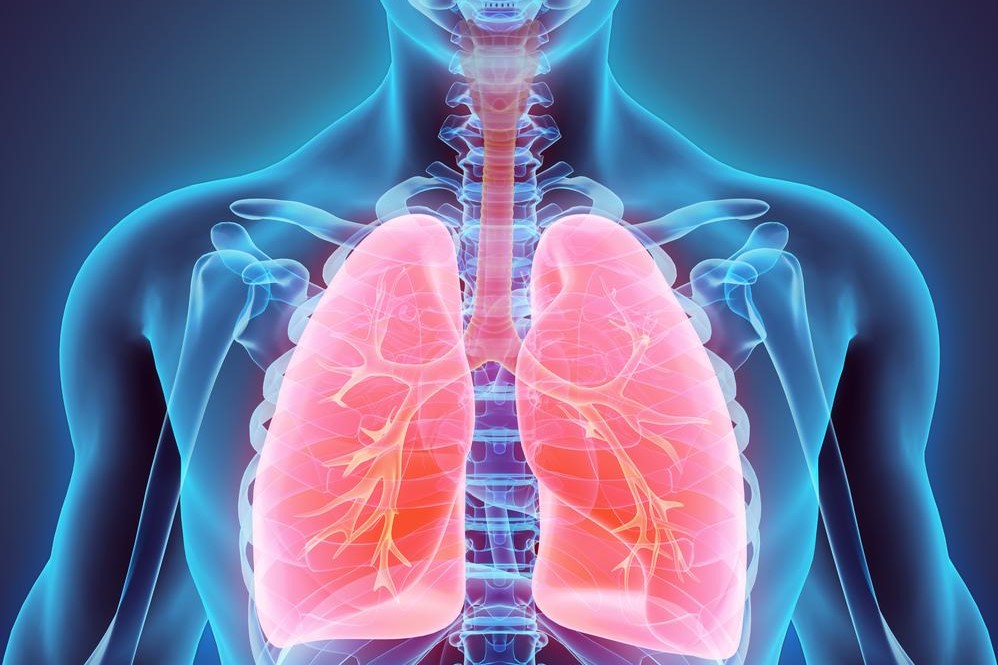Overview and Statistics of Lung Cancer
Lung cancer is a devastating disease that causes more deaths per year than colon, breast, and prostate cancer combined. Twenty-five percent of all cancer deaths are from lung cancer. Generally, an individual’s prognosis will depend on the how early the doctors diagnose and begin treating the cancer.
There are many different types lung cancer, but doctors have sorted them into three groups based upon various characteristics. The first is non-small cell lung cancer (NSCLC), which makes up 85% of all lung cancer cases. The second is small cell lung cancer, which makes up 10-15% of all lung cancer. Finally there is lung carcinoid tumor, which makes up only 5% of lung cancer cases.

Lung cancer, like other cancers, is caused by a cellular mutation combined with uncontrolled cell growth and division. When a tumor, which is a mass of cancer cells, first begins to develop it is often small and undetectable. As the tumor grows the medical providers will be able to detect and diagnose the cancer. Tumors are classified based on size and whether it has spread to lymph nodes or distant areas in the body. The tumor’s classification will help determine the prognosis, as well as the doctor’s choice of treatment.
There are a number of risk factors for lung cancer, including heredity and exposure to radon and asbestos, but the main cause of lung cancer is smoking. Experts at John Hopkins Hospital and the American Medical Association agree that the majority of lung cancer diagnoses could have been avoided if the patient had refrained from smoking or quit smoking after a short time.
For that reason, smokers over the age of fifty should have regular lung cancer screenings at least twice a year and more often if there are other risk factors.
Lung cancer makes up nearly 14% of all new cancer cases. Although the disease effects both men and women, men are slightly more at risk. Over a lifetime, men have a 1 in 14 chance of getting lung cancer, while women only have a 1 in 17 chance. People of both genders have a much higher risk (23x for men and 13x for women) of developing lung cancer if they are smokers.
The prevalence of cancer is different for certain races and ages. The American Cancer Society has stated that “black men are 20% more likely to develop lung cancer than white men.” Further, lung cancer is most commonly seen in elderly populations with two-thirds of new diagnoses occurring in people over the age of 65. Less than 2% of new lung cancer cases are diagnosed in people younger than 45.
Worldwide, lung cancer is the most common cancer in both men and women. In 2012, nearly 1.8 million new cases of lung cancer were diagnosed and there were 1.6 million deaths. When examining the countries with the largest worldwide prevalence of lung cancer in both genders, Hungary, and Serbia have the highest rates of lung cancer. For men, Hungary and Armenia have the highest rates of lung cancer, whereas Denmark, Canada, and the United States have the highest rates of lung cancer for women.


